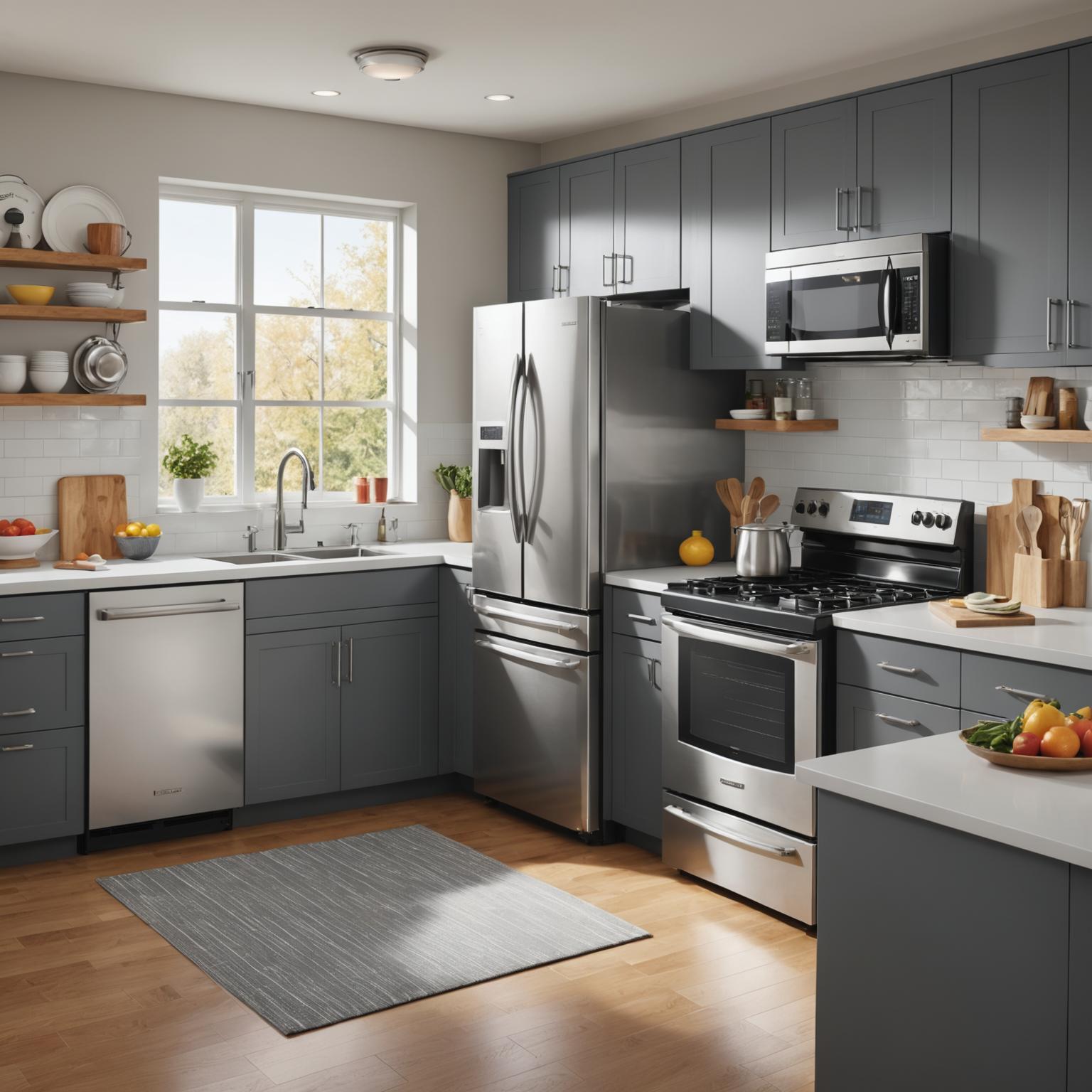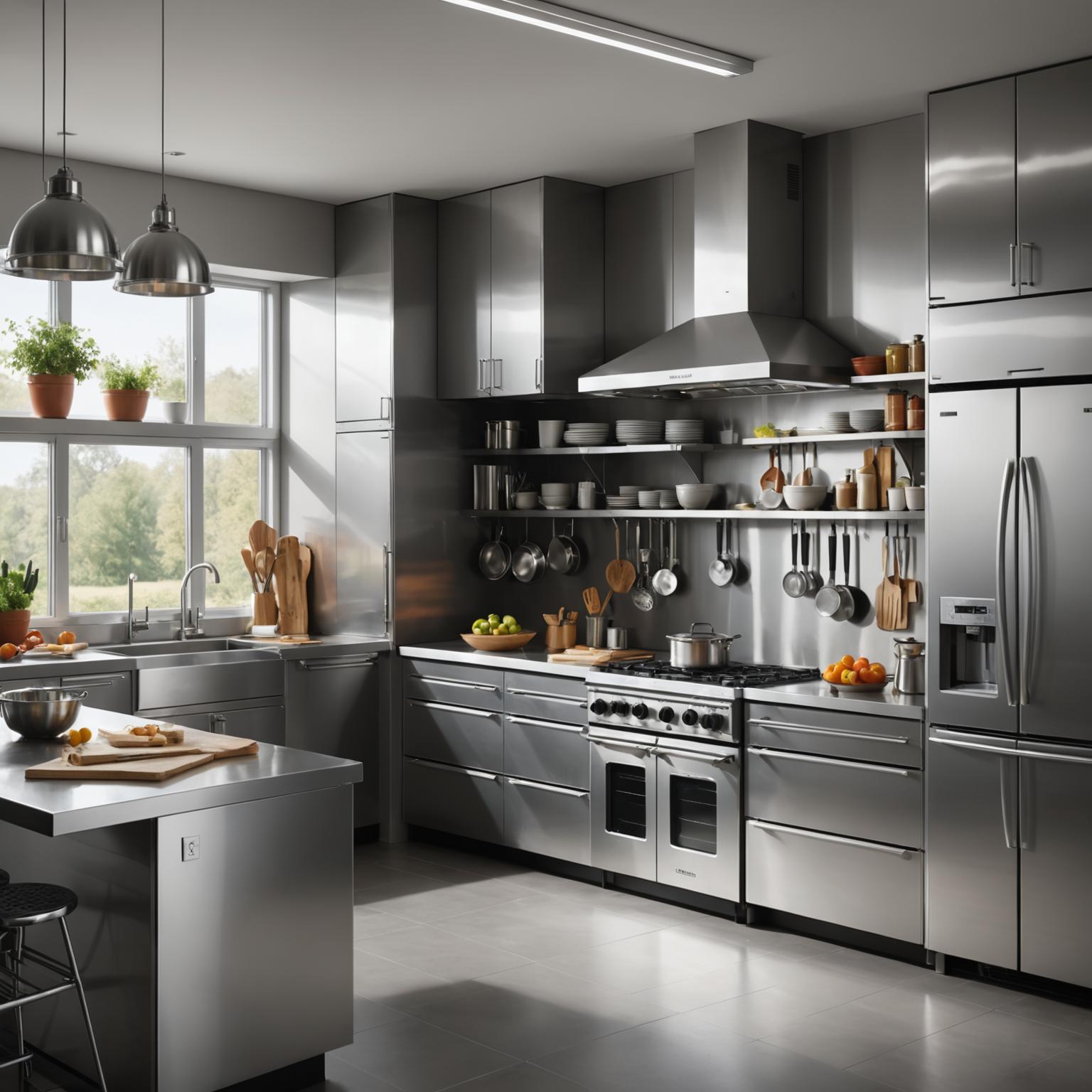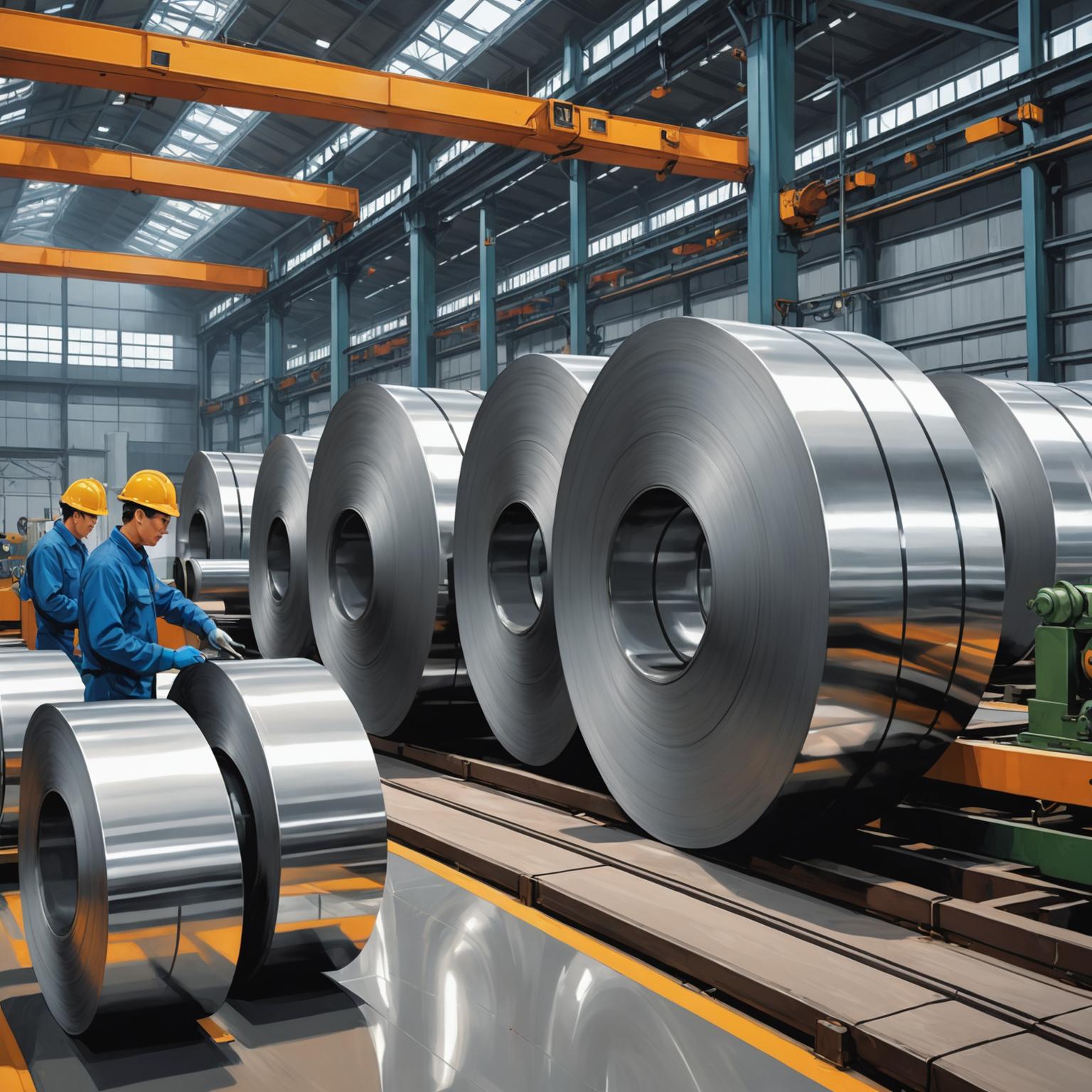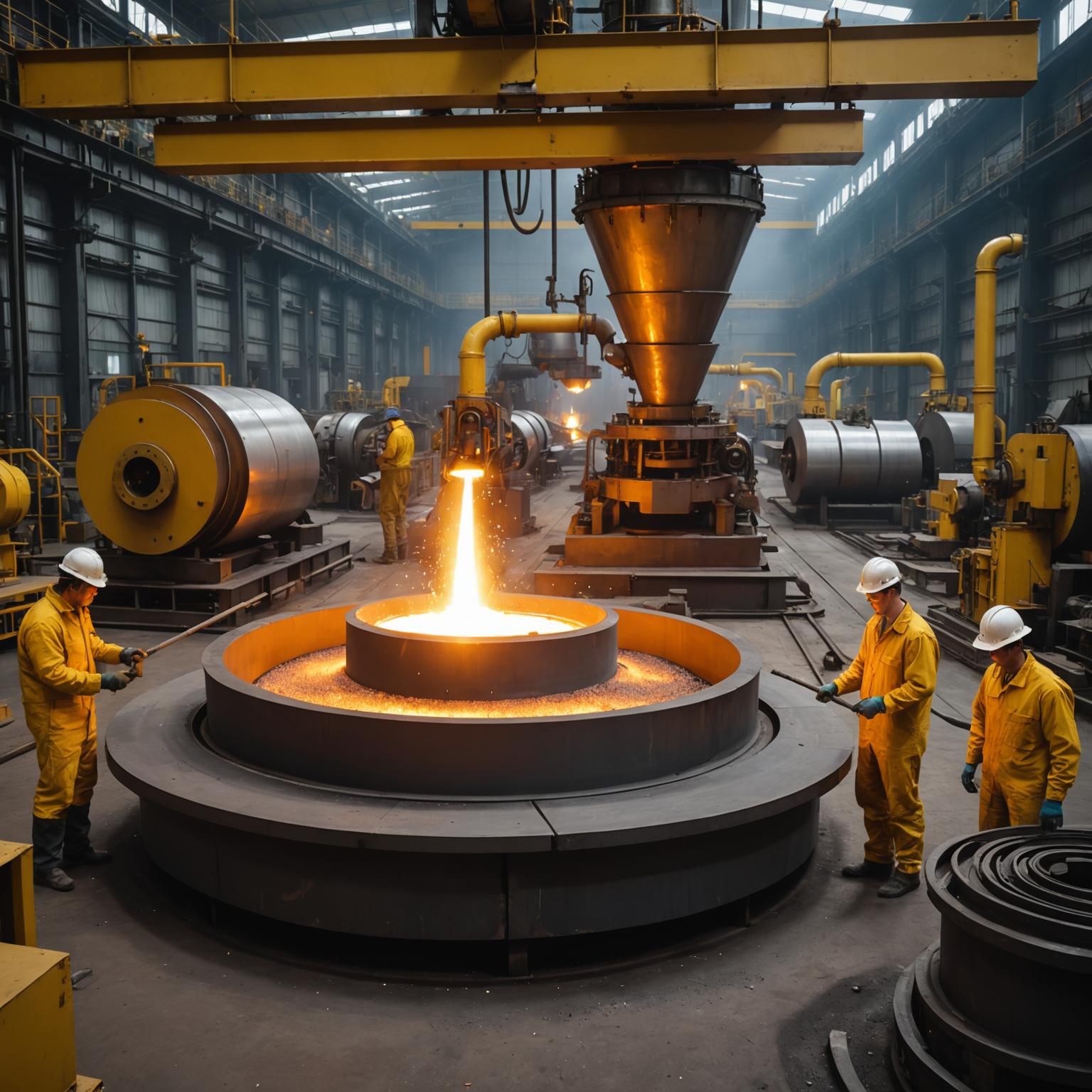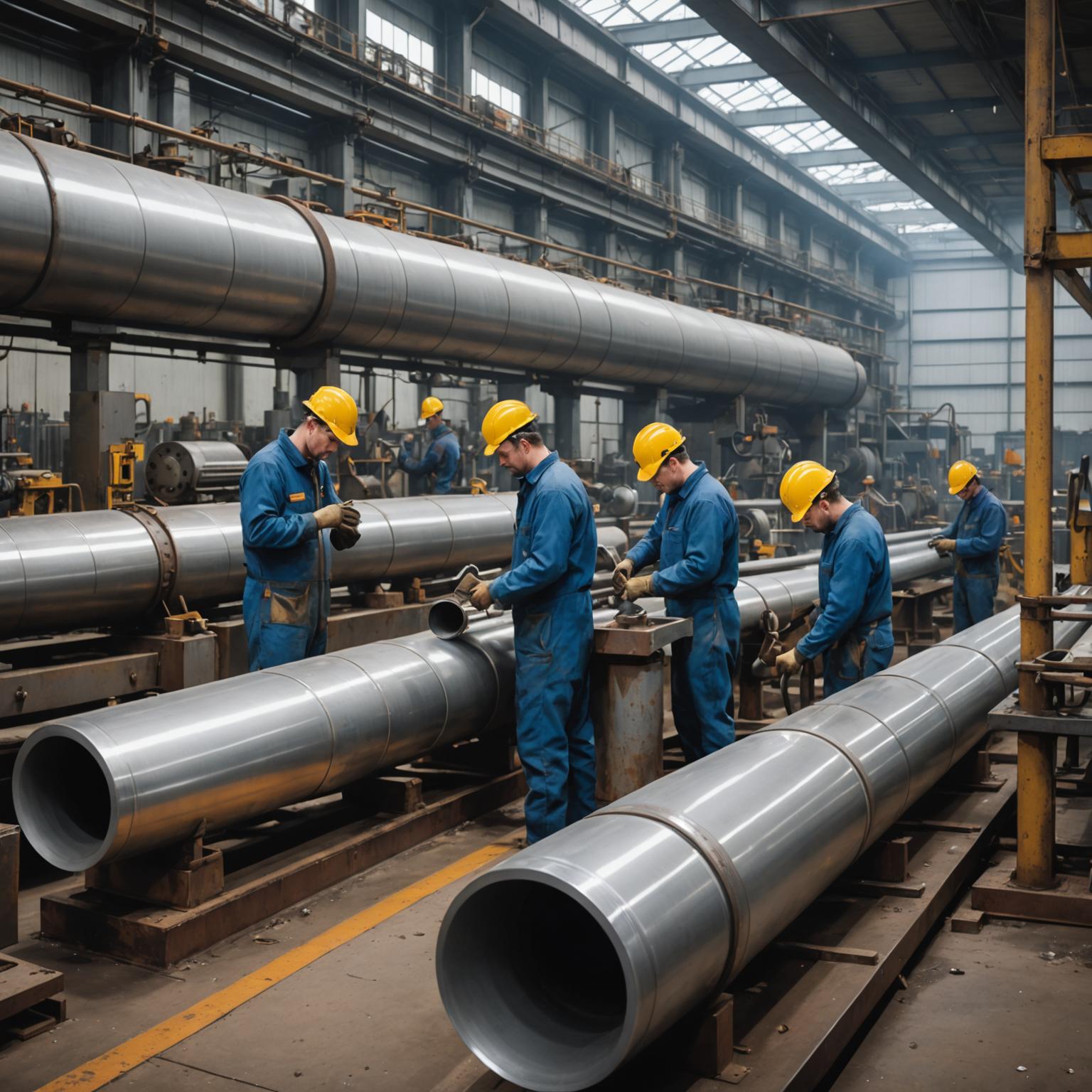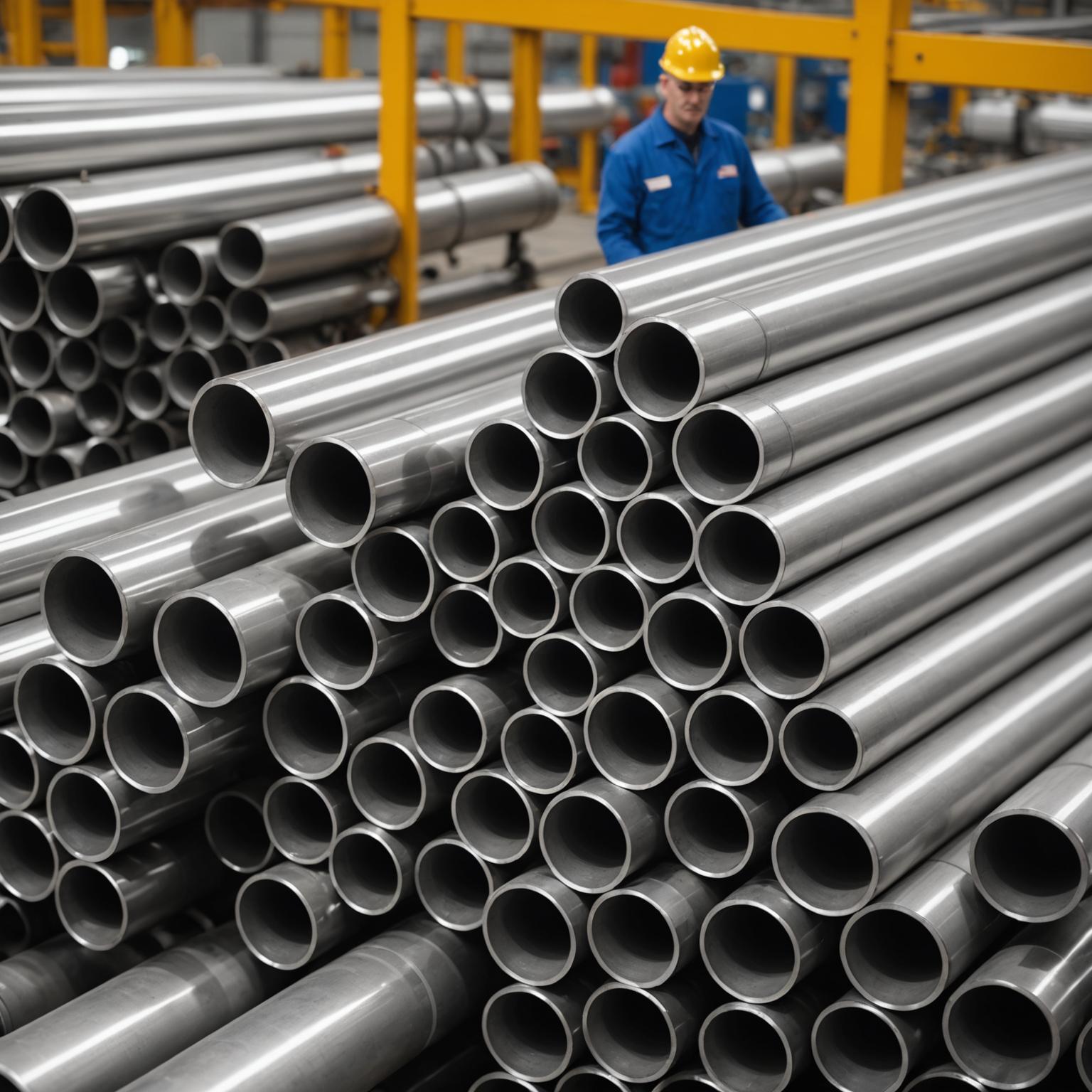Choosing the right material for industrial, architectural, or manufacturing projects is a critical decision that impacts durability, cost, and overall performance. Among the myriad of options available, the 201 stainless steel pipe stands out as a versatile and economical solution for a wide range of applications. This guide will walk you through everything you need to know about this popular alloy, from its core properties to its installation and maintenance, helping you determine if it's the right fit for your specific needs.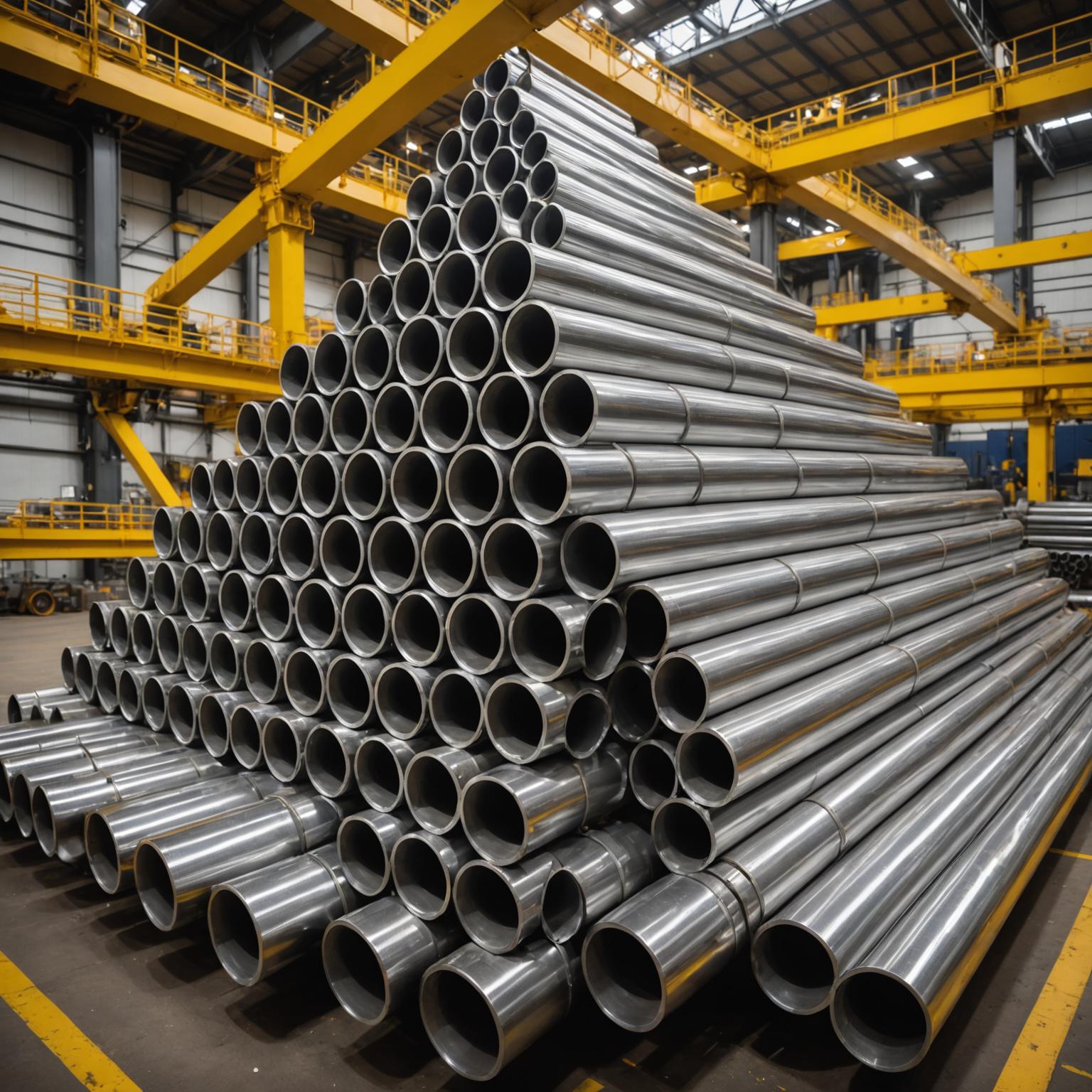
Understanding 201 Stainless Steel
At its core, 201 is an austenitic chromium-nickel-manganese alloy developed to conserve nickel. It achieves its unique properties by substituting a portion of the nickel content with manganese and nitrogen. This composition results in a material that possesses high strength, excellent toughness even at low temperatures, and good formability. While it provides moderate corrosion resistance, it is best suited for environments with minimal exposure to corrosive agents like salt or acidic chemicals. Its primary advantage over other grades, such as 304, is its lower cost, making it an attractive alternative for budget-conscious projects without sacrificing structural integrity for the right application. The material's ability to be hardened through cold working further enhances its utility, providing a robust framework for various structural components.
Where to Use 201: Common Applications and Advantages
A key advantage of this specific grade of stainless steel is its remarkable versatility. Its bright, clean finish and strong mechanical properties make it a top choice for decorative and architectural applications, including interior trim, handrails, and display fixtures. In the commercial sector, it's frequently used for kitchen equipment like sinks, cooking utensils, and appliances where sanitation and aesthetics are important. The automotive industry also utilizes it for decorative trim, wheel covers, and structural parts that are not directly exposed to road salt. When formed into a stainless steel pipe, it serves well in low-pressure structural systems, general plumbing for potable water in controlled environments, and for creating durable frameworks for furniture and equipment. Its combination of strength, formability, and affordability provides a significant advantage for mass-produced goods and large-scale construction projects.
Selecting a Reliable Supplier: A Guide for Buyers
The quality of your final product is directly linked to the quality of the raw materials you source. Therefore, selecting a reputable supplier is paramount. When evaluating potential suppliers, it is essential to inquire about their manufacturing processes, quality control standards, and material certifications. A trustworthy manufacturer will provide detailed specifications and test reports to verify the alloy's composition and mechanical properties. Companies like Span International have established a reputation for delivering precision-engineered steel products that adhere to the highest industry standards. A premier supplier ensures that every piece of tubing or pipe offers dimensional accuracy, a flawless surface finish, and consistent performance, which minimizes installation issues and guarantees long-term reliability. Partnering with an expert like Span International means you gain access not just to a product, but to a wealth of knowledge and support.
Installation and Maintenance Best Practices
Proper installation and maintenance are crucial for maximizing the lifespan and appearance of your 201 components. During installation, it's important to handle the material carefully to prevent scratches and dents that can compromise the surface's passive layer, which protects it from corrosion. When welding is required, use welding consumables appropriate for austenitic steels and ensure the welded area is thoroughly cleaned afterward to remove any heat tint or oxides. For routine maintenance, cleaning is simple: use mild soap, or a gentle detergent with warm water, and a soft cloth or sponge. Rinse thoroughly with clean water and wipe dry to prevent water spots. It is critical to avoid cleaners containing chlorides, such as bleach, as they can cause pitting and crevice corrosion. Regular cleaning will maintain its aesthetic appeal and prevent the buildup of contaminants that could lead to staining or corrosion over time.
Making the Right Choice for Your Project
Deciding between different grades often comes down to balancing cost and performance requirements. The primary alternative to 201 is 304 stainless steel, which contains more nickel and offers superior corrosion resistance. If your project will be exposed to marine environments, de-icing salts, or harsh industrial chemicals, investing in grade 304 or even 316 is the wiser choice. However, for a vast number of indoor or sheltered outdoor applications where corrosion is not a major concern, 201 provides a perfectly suitable and more economical alternative. It delivers the strength, durability, and high-end look associated with stainless steel at a more accessible price point. By carefully assessing your project’s environmental conditions and performance demands, you can make an informed decision that optimizes both quality and budget.
Your Go-To Solution for Strength and Value
In conclusion, the 201 stainless steel pipe offers an excellent balance of strength, aesthetic appeal, and value for an array of applications. From architectural details to durable commercial equipment, its robust properties and cost-effectiveness make it a compelling choice. By understanding its characteristics, sourcing from a quality-focused supplier such as Span International, and adhering to proper installation and maintenance protocols, you can confidently integrate this reliable material into your projects. It stands as a testament to smart engineering, providing a sustainable and high-performance solution for the modern industrial landscape.



